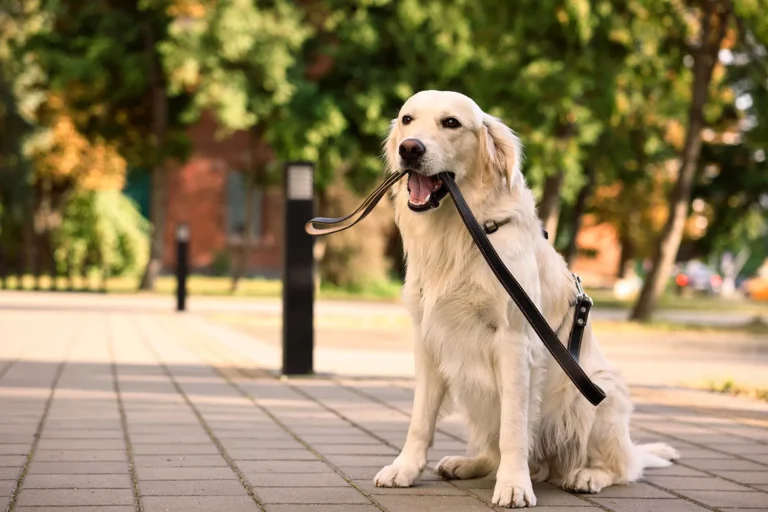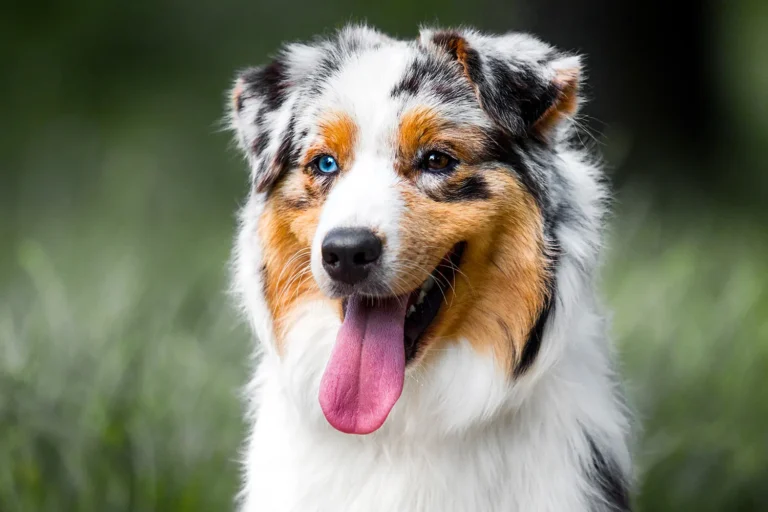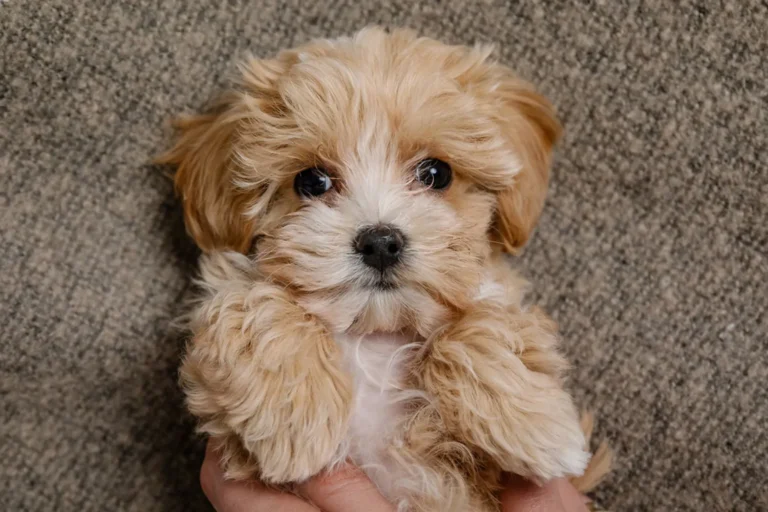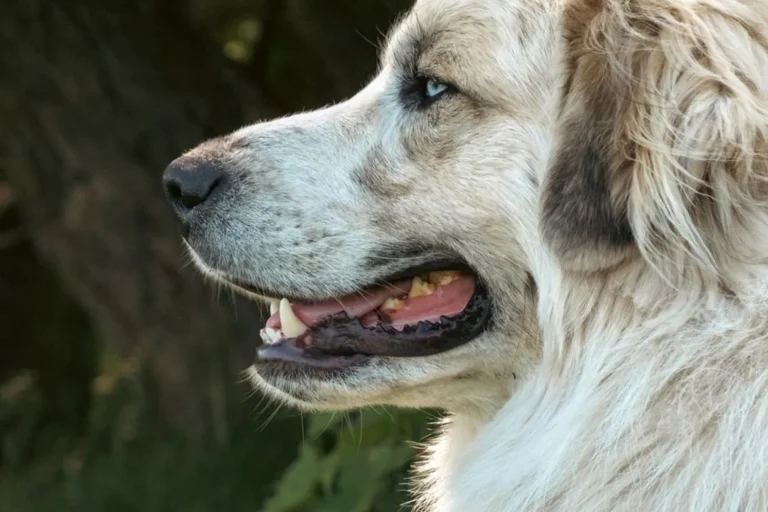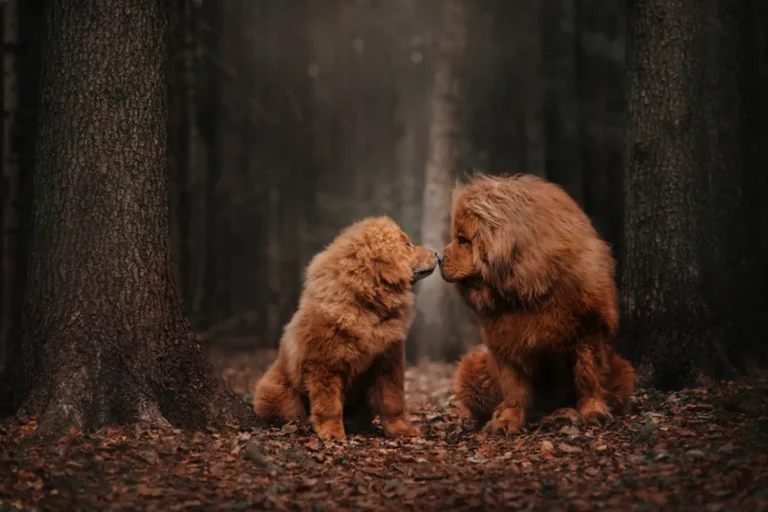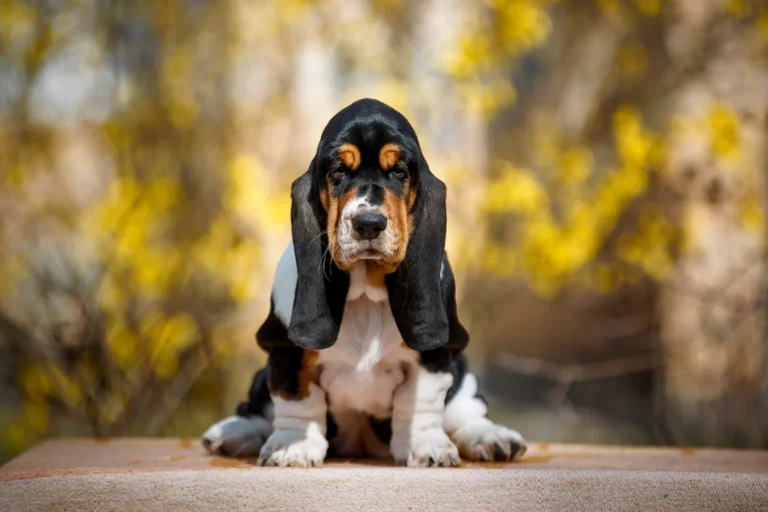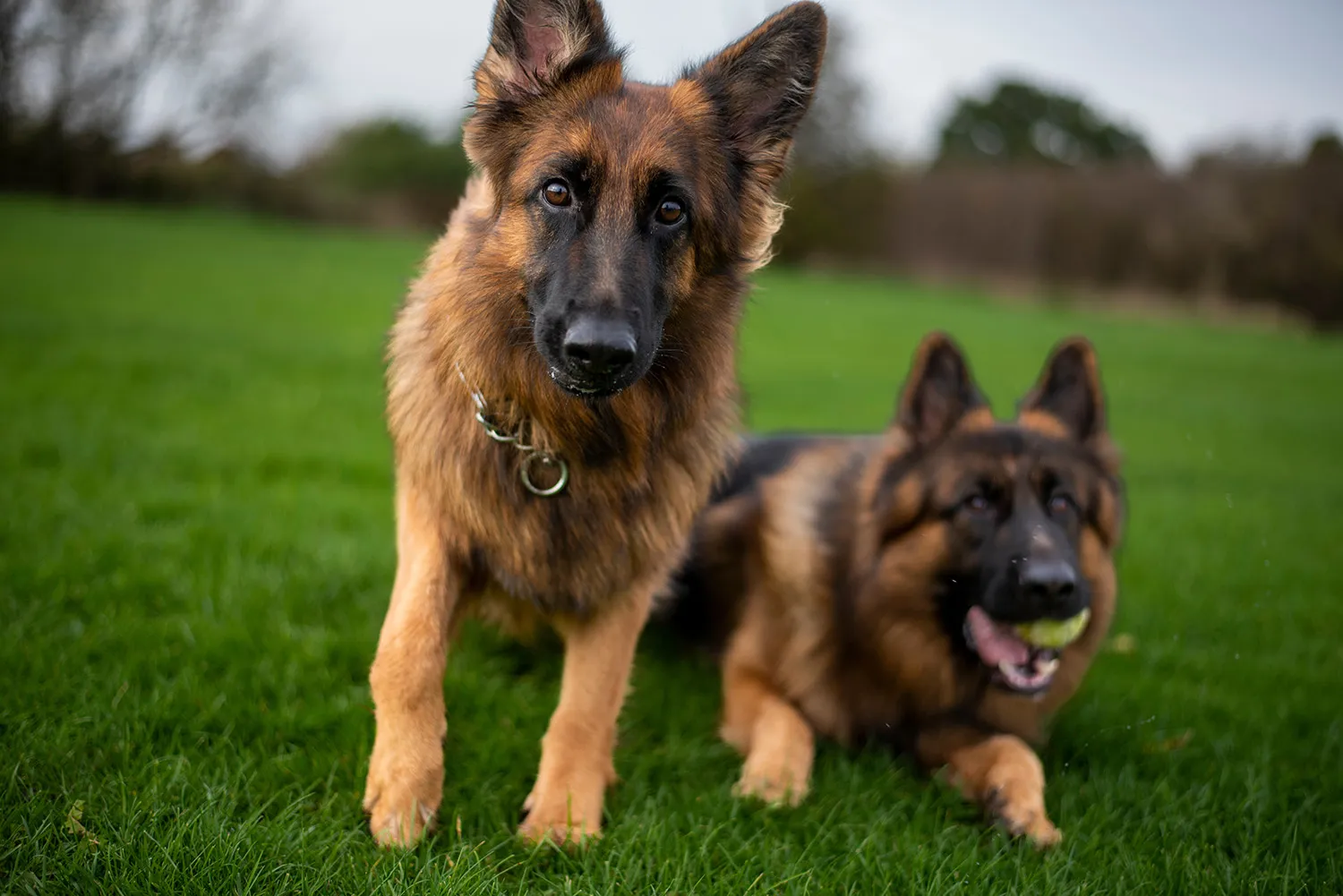
The German Shepherd’s noble, almost wolfish look is matched by a mind that’s always switched on. Training? They’re quick studies who love having a job, but they’re not autopilot dogs. Think bright honor student with a strong opinion. If you’re clear, consistent, and reward good choices, they’ll pick up basics fast I taught my friend’s shepherd “leave it” over a weekend with short, fun sessions. But they do best when you go beyond sit and stay: impulse control, leash manners, and calm greetings matter just as much as fancy tricks. They thrive in obedience classes, scent games, and structured play that makes them think. Give them a purpose and they shine; let them invent their own, and you might find your socks carefully “reorganized” under the couch.
Care wise, plan for daily exercise and mental work. A brisk morning walk, a game of fetch or flirt pole later, and a puzzle feeder in the evening keeps that clever brain busy. They bond deeply and can get antsy if left to their own devices, so rotate toys and give them chew approved outlets. Grooming is pretty straightforward but frequent there’s a reason people joke “German Shedder.” Brush several times a week, more during seasonal blowouts, and you’ll keep most of the tumbleweeds at bay. Regular nail trims, ear checks, and a bath now and then and they’re set.
Are they right for first time owners? It depends on your commitment. They’re not the easiest starter dog, but a dedicated beginner with a good trainer, a routine, and clear house rules can absolutely succeed. My neighbor’s first dog was a shepherd, and she did great by joining a beginner class early and sticking to a schedule like clockwork. Ask yourself: Do I have time every day for training and exercise? Am I comfortable being calm and consistent? If yes, you’ll discover a partner who’s loyal, goofy when off duty, and wonderfully tuned in to your life. If not, no shame browse a breed that’s more laid back. But if the shepherd has your heart and you’re ready to put in the work, you’ll be rewarded tenfold.
The History and Origin of the German Shepherd Dog
If you picture the German Shepherd trotting along a field with ears pricked and eyes locked in, you’re already seeing the kind of dog Germany was aiming to create in the late 1800s. Farmers needed a steady, sharp, large working dog to herd and protect sheep, and similar capable dogs were scattered all over Europe. With so many regional types, there was a push to bring some order to the chaos and standardize these hardworking farm dogs.
Enter the Phylax Society in 1891-formed to define and standardize working breeds. It was an ambitious idea, but it ran into a classic dog world argument: should dogs be bred for looks, or for what they can do? After three years of disagreements, the group fell apart. Honestly, I still hear echoes of that debate at dog parks when someone gushes over a glossy coat while another person brags about their dog’s tracking titles.
One ex member of that society, a veterinary student named Max von Stephanitz, had strong feelings on the matter. He believed the heart of a good dog was its utility and intelligence. In 1899, at a dog show, he spotted a remarkable dog named Hektor Linksrhein steady, powerful, bright and promptly bought him. He renamed him Horand von Grafrath and founded the Society for the German Shepherd Dog, making Horand the breed’s first official German Shepherd and its foundation sire. I remember flipping through an old breed club newsletter and seeing that famous photo of Horand; even on paper, he had that “give me a job” focus you still see in good shepherds today.
After World War I, American attitudes toward anything German were tense, so the American Kennel Club changed the breed’s name to Alsatian Wolf Dog to avoid backlash. My neighbor’s grandmother still calls them “Alsatians” out of habit. In 1977, the original name was restored, and German Shepherd Dog returned to the books right where it belonged.
What does all that history mean for life with a GSD now? It’s a reminder that this breed was built to work. They thrive when they have a job, whether that’s herding, scent work, obedience, or just learning clever tricks that make them think. A friend’s shepherd used to “herd” the kids at backyard picnics, gently circling and nudging them back into the group like it was his personal mission. If you’re considering a German Shepherd, lean into their purpose: give them training, structure, and mental challenges. Do that, and you’ll have a partner who’s not just beautiful to look at, but deeply satisfied doing what his ancestors were bred to do.
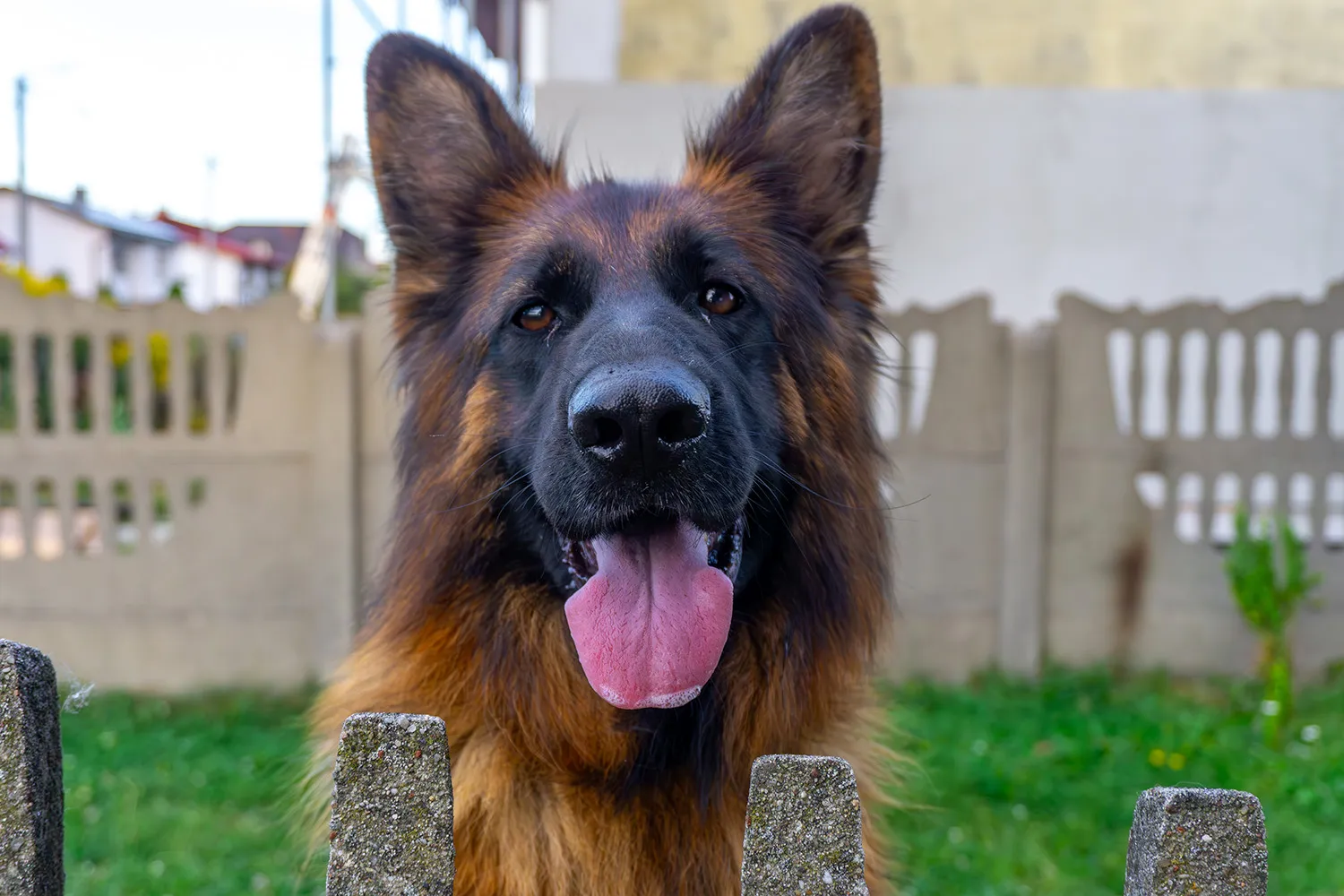
What Is the German Shepherd Breed?
German Shepherds are large herding dogs with a proud, athletic look broad shoulders, a steady gaze, and that unmistakable, wolfish outline that turns heads at the park. Most folks picture them in classic black and tan, but you’ll also see sable coats, solid black beauties, and even white. Their double coat is both practical and handsome and yes, it sheds. I joke that my vacuum knows the sound of my Shepherd owning friends pulling into the driveway.
What sets this breed apart is brains paired with brawn. They were built to work: herding and protecting sheep across long days, using both strength and stamina. That drive never really leaves them, even if their “flock” today is your family. Give a German Shepherd a job and they light up. I once taught a neighbor’s Shepherd to “help” by carrying a small backpack on hikes he strutted like he’d just gotten a promotion. Short, fun training sessions go a long way: obedience games, scent work with hidden treats, puzzle toys, or even a tidy up trick where they put their toys in a bin.
Their versatility is legendary. Beyond farm work, German Shepherds have proven themselves as search and rescue partners, police K-9s, and reliable guard dogs. I watched a SAR demo once where a Shepherd calmly worked a field and zeroed in on a “lost hiker” with laser focus it was like watching instinct and training dance together. If you’re considering one, plan for daily exercise, early socialization, and clear, consistent guidance. They thrive with confident, kind leadership and plenty of mental exercise. In the right hands, a German Shepherd is not just a dog with a job they’re a devoted teammate who will happily clock in every day for you.
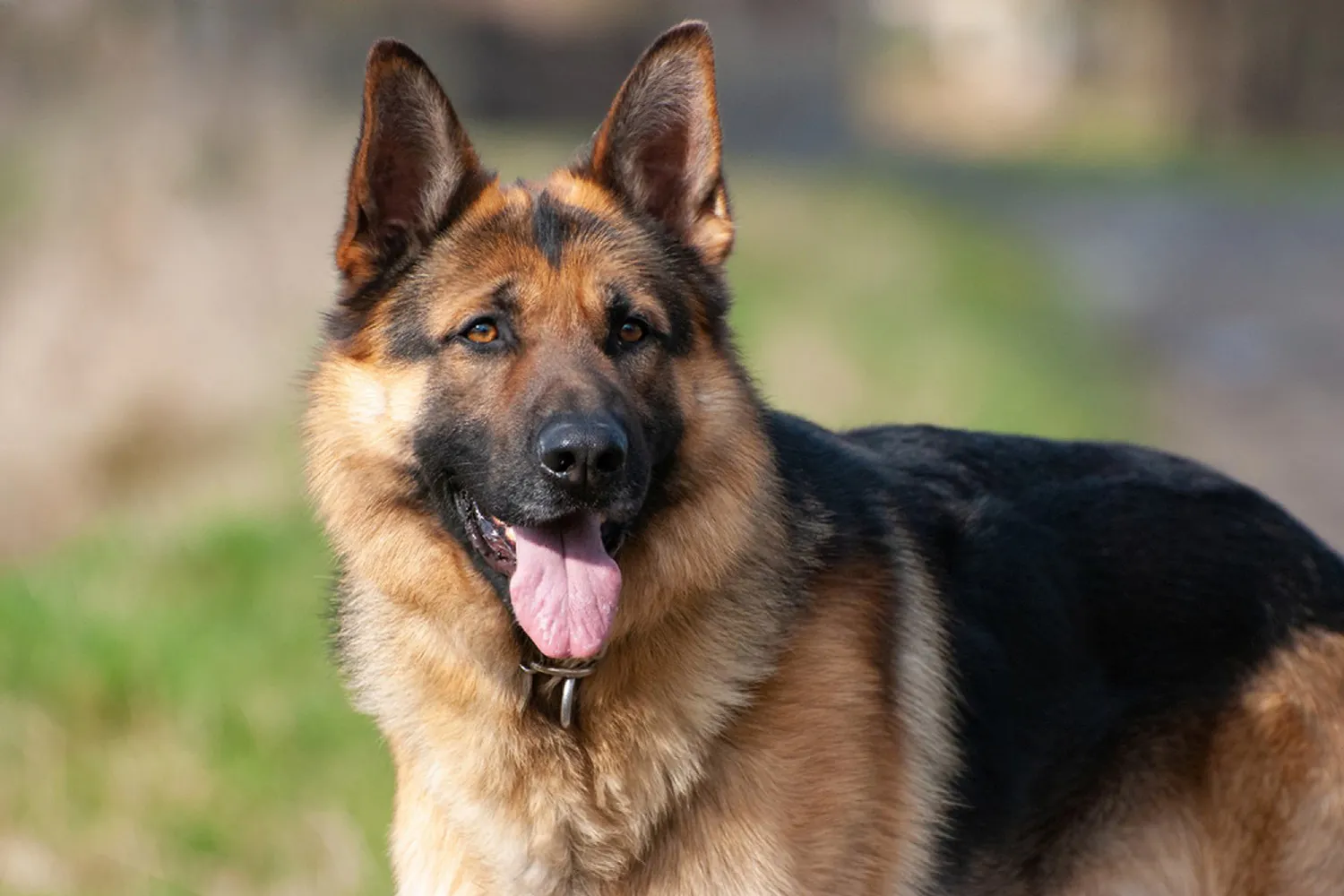
Who Is a German Shepherd Dog Best For?
At their core, German Shepherds are workers through and through. Give them a job and they light up. With sharp senses, a powerful build, and stamina for days, it’s no surprise you see them in police work, search and rescue, detection, and even as service dogs. I once watched a K9 team at a community demo; the Shepherd switched from goofy tail wags to laser focus the second the handler spoke a cue. That blend of loyalty and obedience is exactly why the breed stays so popular and why they thrive with people who enjoy training and structure.
As family companions, German Shepherds can be wonderfully gentle and steady, especially around children, as long as they’re properly trained and socialized. I’ve had a Shepherd lean into me like a living weighted blanket while my niece toddled past calm, curious, and respectful because we invested in manners early. If you’re leaning toward this breed, adopting a puppy can make it easier to weave them into the rhythm of family life from the start. Puppy classes, short daily training sessions, and plenty of positive exposure to strollers, bikes, visitors go a long way. Think of it as building a reliable teammate who also happens to snore at your feet.
German Shepherds usually do best with active owners who like to get outside and who won’t skip the mental workouts. Plan on brisk walks, play sessions, and “brain jobs” like scent games or simple obedience drills. A breeder I chatted with in California told me her happiest pups were the ones whose owners treated training like a fun hobby, not a chore. Five minutes here, ten minutes there, and that big brain stays content.
One note on other pets: many Shepherds have a strong chase instinct and can be pushy with unfamiliar animals. They’re not always the best fit for multi pet homes. If you do have other pets, introduce slowly, manage with gates and leashes, and keep training tight. Some individuals learn to coexist just fine, but it’s wise to be realistic this is a breed that loves a job, clear rules, and a household that appreciates their big, loyal heart.
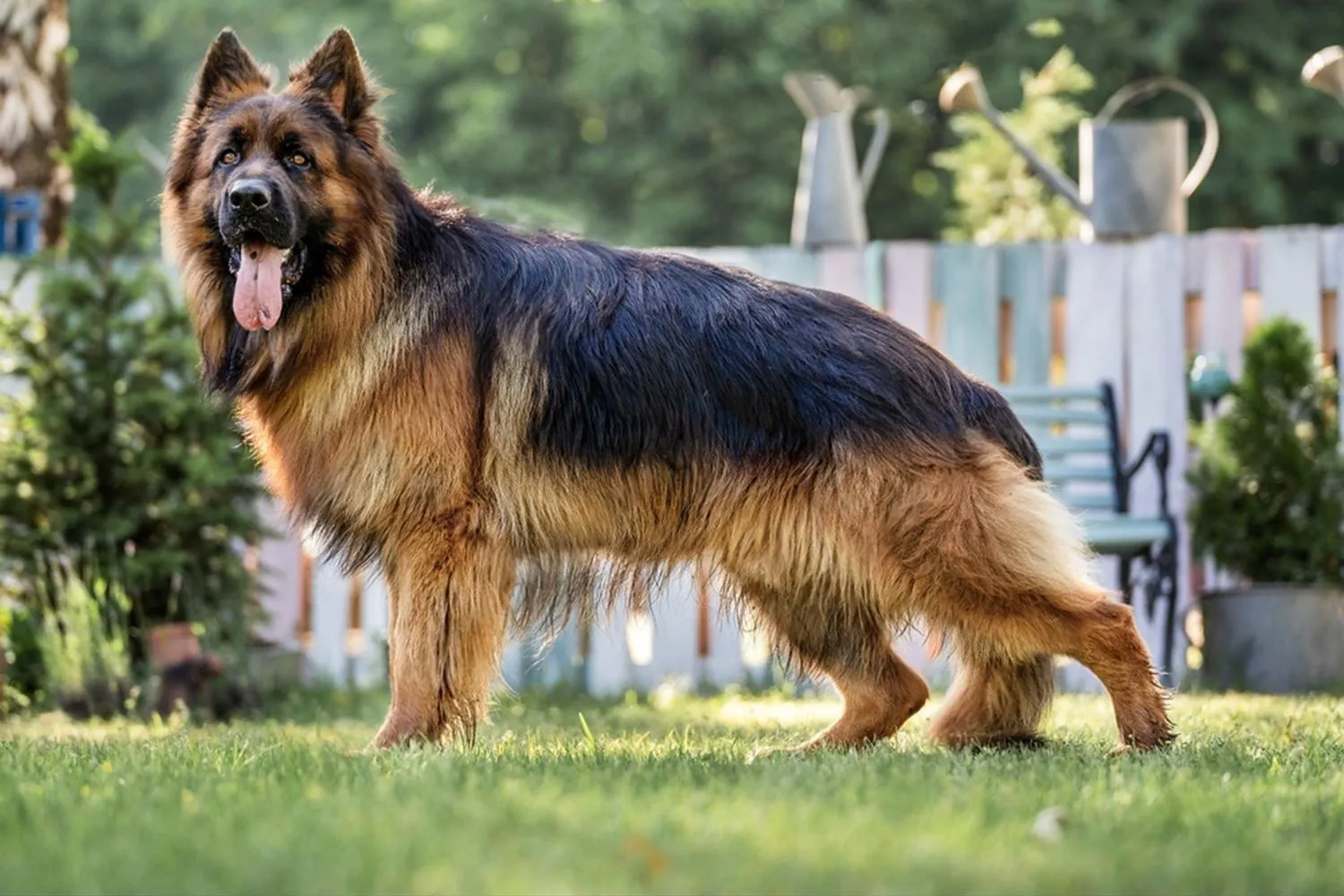
German Shepherd Dog Grooming & Shedding
German Shepherds wear a weatherproof double coat: medium length, slightly coarse guard hairs over a dense, fluffy undercoat. It does a great job shrugging off dirt and debris. Most of the time, a good brush and a quick wipe with a damp cloth is all they need. I bathe mine about once a month unless there’s a truly epic roll in something questionable because over bathing can strip those natural oils that keep the coat healthy and glossy. I learned that the hard way with my first shepherd; after a few “he smells like the couch” baths, his skin got a bit flaky. Lesson learned.
Now, about the shedding. Yes, they shed. A lot. Expect regular brushing every few days, and twice a year usually spring and fall they blow their coat like a snowstorm made of dog. During those weeks, I double up on brushing sessions and move them outside if the weather allows, so the “tumbleweeds” drift off into the yard instead of under the sofa. If your shepherd is a couch companion, do yourself a favor and invest in a solid vacuum and a stash of lint rollers. I keep one in the car, too, because shepherd glitter has a way of coming along for the ride.
Tools make a difference. I rotate between a slicker brush, an undercoat rake, and a metal comb to catch the strays. Ten to fifteen minutes every few days keeps the undercoat from matting and makes the big sheds less dramatic. After brushing, I run a grooming glove over the coat it smooths everything down and my dog treats it like a mini massage. When you do bathe, use lukewarm water and a dog safe shampoo, then dry thoroughly; that thick undercoat holds moisture, and damp can lead to musty smells. A cool setting blow dryer or a few extra towels does the trick.
One last tip: resist the urge to shave. That double coat helps regulate temperature and protects the skin. If the seasonal fluff gets overwhelming, a pro groomer can do a deshedding session that feels like magic worth it during peak shed weeks.
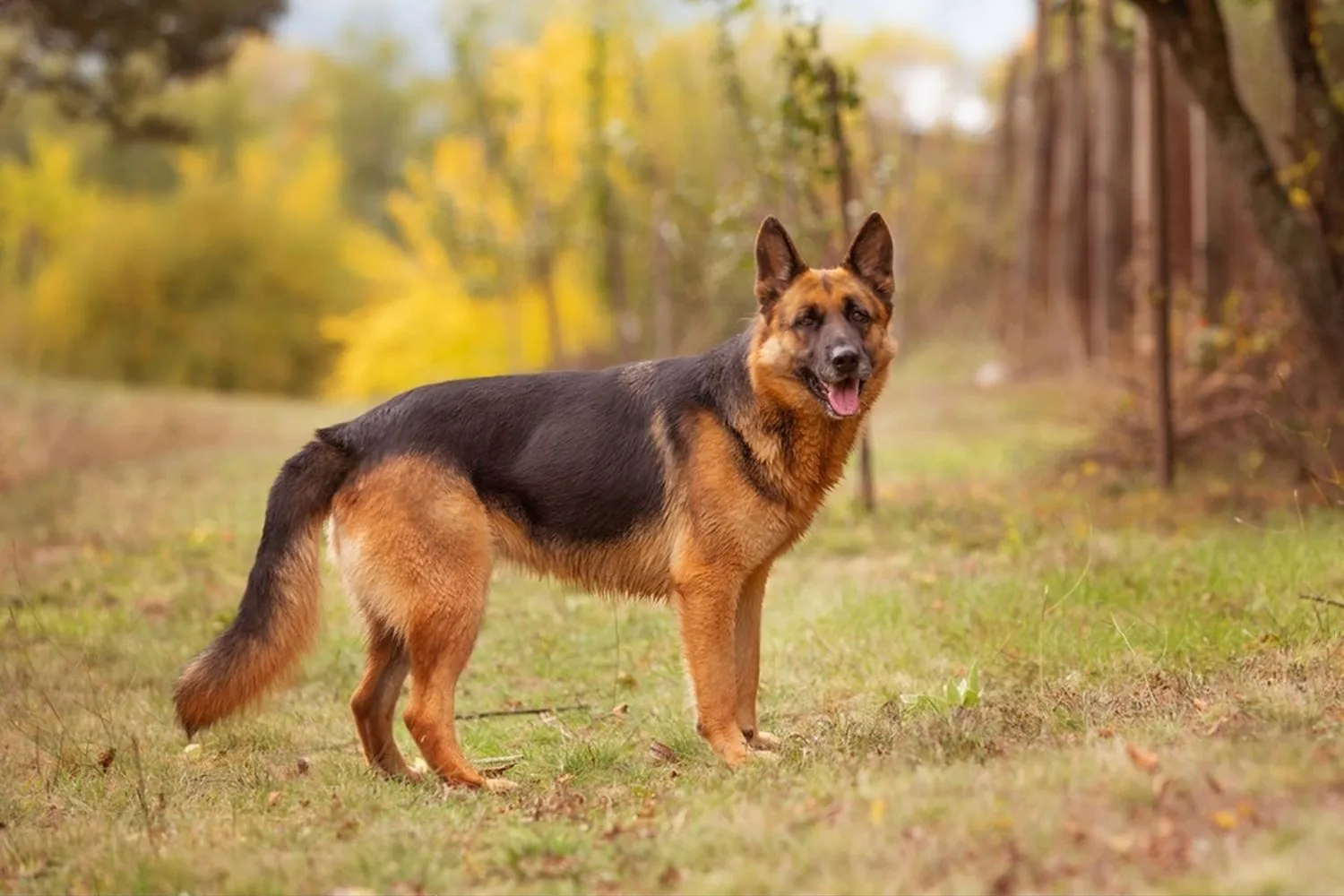
Do German Shepherds Bark a Lot?
That deep, thunderous “woof” can make your heart skip a beat, especially when it booms from the front door. German Shepherds are naturally vocal, and because of their size and chesty voice, it can sound more intense than it really is. Many will bark at strangers sometimes it’s a polite “Who are you?” and sometimes it’s “Hey, this is my turf!” How it lands often depends on how well your pup has been socialized. I remember my shepherd’s first meeting with our delivery driver tail wagging, ears up, but that voice made it sound like a police announcement. Once we practiced calm greetings, the barking shortened to a few alert woofs and then a curious sniff.
Even with solid training, German Shepherds tend to “talk” more than most big breeds. They narrate life: the cat moved, the kettle hissed, you sneezed clearly commentary is needed. Expect grumbles, “woo woos,” and dramatic sighs. A friend’s shepherd gives a full daily report when he comes home from work; it’s like living with a furry town crier. This vocal streak makes sense they were bred to guard and herd, which requires quick alerts and communication.
The worst thing you can do is shout back. It usually turns into a duet and raises your dog’s stress. Instead, teach a quiet cue using positive reinforcement. Start by marking those tiny moments of silence yes, even half a second with a calm “Quiet” and a treat. Once your dog catches on, you can ask for “Speak,” then follow with “Quiet” to show the contrast. A simple hand signal (finger to lips) helps, too. Give them outlets: a good workout, sniffy walks, puzzle feeders, and training games reduce bored barking. Manage triggers when you can frosted window film for street watchers, soft music for hallway sounds, and a “place” mat by the door so they have a job when guests arrive.
With patience and consistency, your shepherd can learn to use that big voice wisely. And yes, you’ll still get opinions but that’s part of their charm.
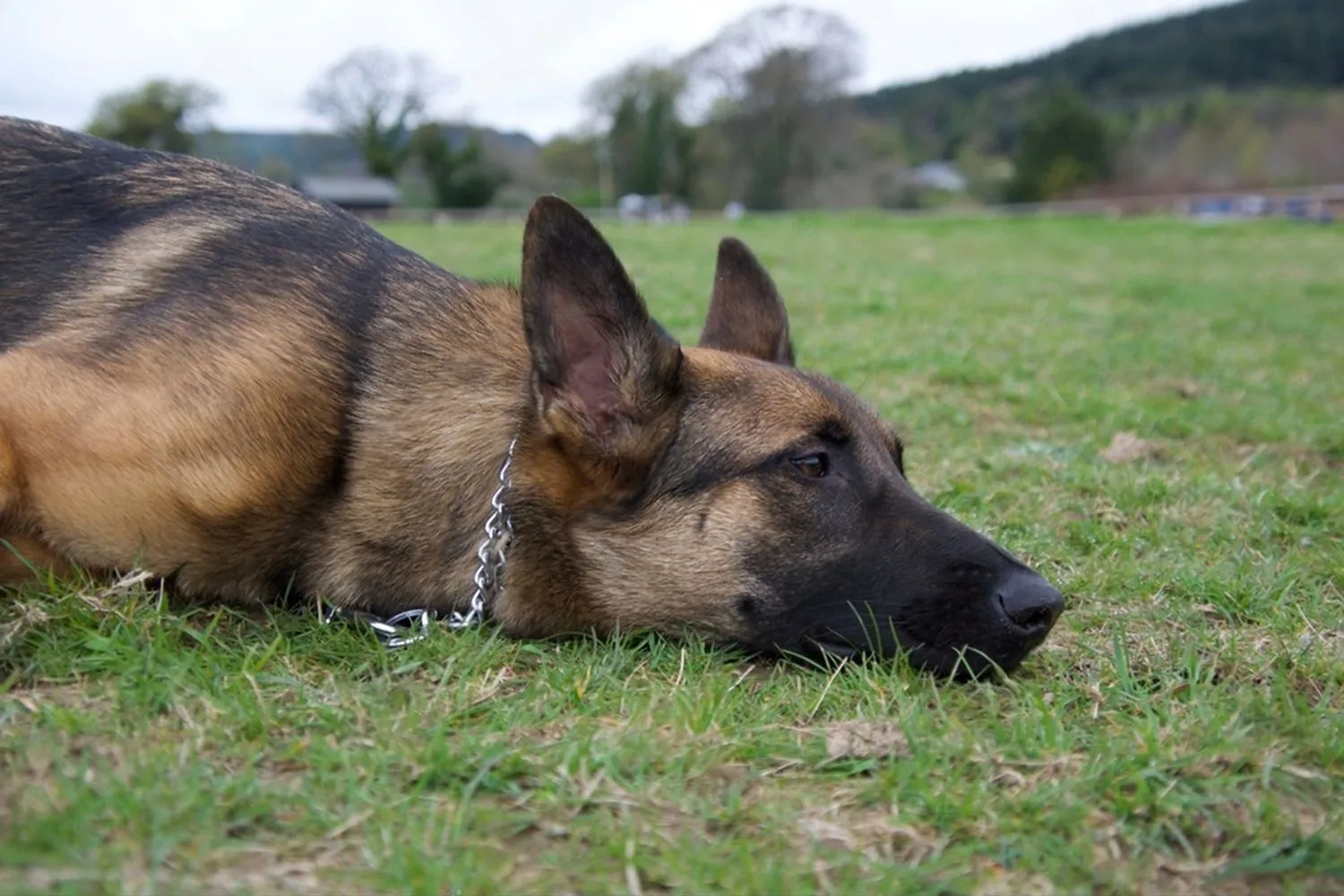
Average Weight and Height of German Shepherds
If you’re sizing up your German Shepherd and wondering what’s “normal,” here’s a handy snapshot. Adult males average about 64 cm tall at the shoulder and typically weigh 35-40 kg. Adult females average around 58 cm tall and usually weigh 25-32 kg. For my fellow imperial folks, that’s roughly 25 inches and 77-88 lb for males, and about 23 inches and 55-71 lb for females.
Of course, there’s wiggle room. Lines bred for work can be a touch leaner and more athletic, while some show line dogs carry a bit more bulk. My boy capped out right at 64 cm and hovered around 38 kg fit, strong, and happiest when we kept him on the lean side. A friend’s petite female sat at 58 cm and about 27 kg, and she could outrun every dog at the park. Coat type can trick the eye too; a fluffy coat makes a dog look bigger than the scale says.
A couple of quick tips. Measure height at the withers (the top of the shoulders), not the head use a book against the shoulder and a tape measure to the floor. For weight, hop on the scale alone, then again while holding your dog, and subtract. Even better, keep an eye on body condition: you should be able to feel ribs without digging, see a waist from above, and a gentle tummy tuck from the side. Most Shepherds reach near full height by about a year, then fill out until 18-24 months. If your vet is happy and your dog is energetic, you’re right where you need to be.
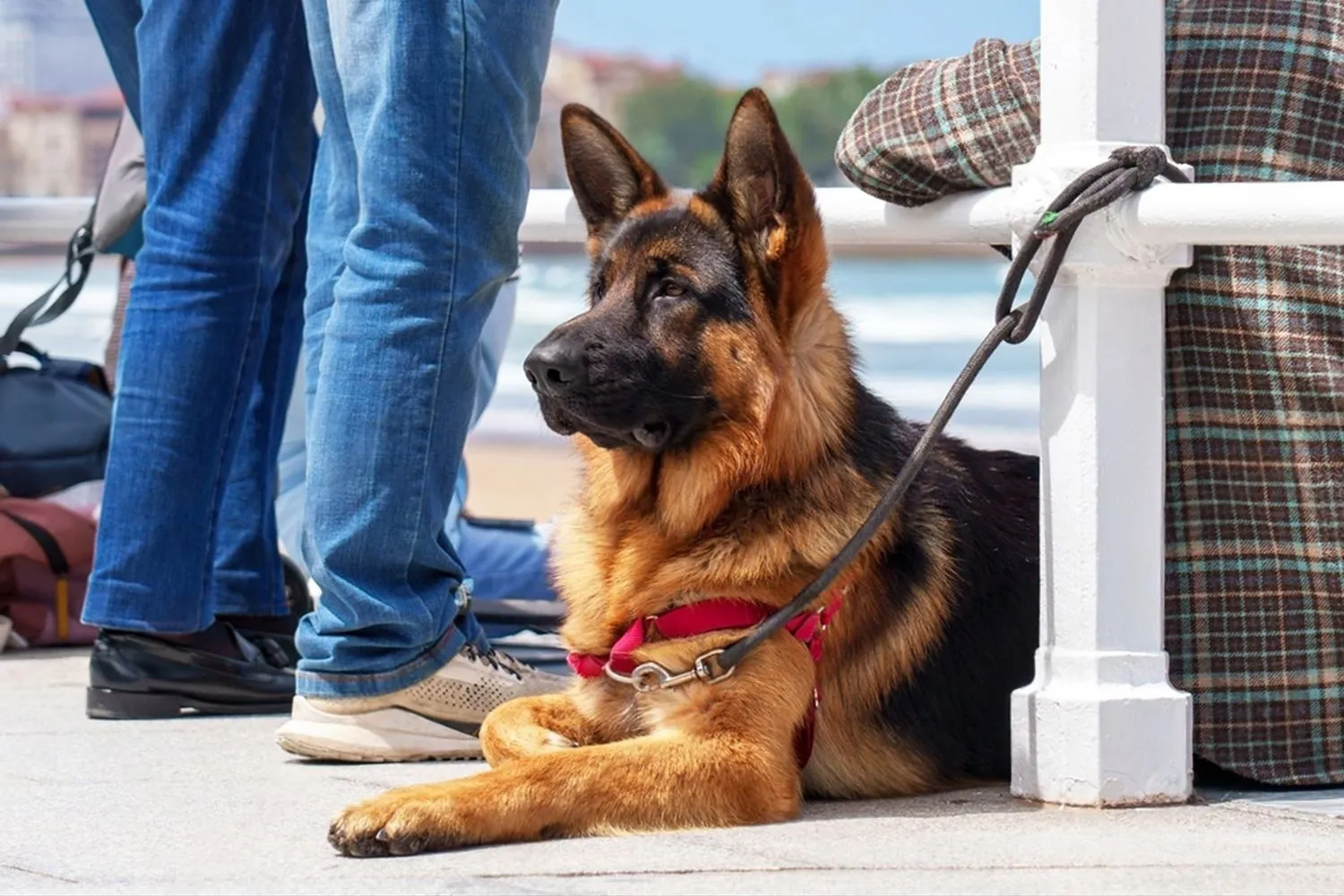
Are German Shepherds Easy to Train?
In my experience, a German Shepherd practically lights up when you give them a job. They’re sharp, eager to please, and happiest when their brain is buzzing. When I brought home my shepherd, Koda, at 10 weeks, he learned sit and down over one rainy weekend because we turned it into a game: tiny treats, cheerful praise, and lots of play breaks. The intelligence is there; the trick is channeling it with the right approach.
Start early, keep it consistent, and make training part of everyday life. Short sessions work best five to ten minutes sprinkled through the day so your pup stays engaged. I like to rotate rewards: sometimes it’s a treat, sometimes a tug toy, sometimes I release him to go sniff. Clear cues, a happy tone, and ending on a win are magic. One of my favorite early lessons is “leave it.” I’d place a treat on the floor, cover it with my hand, and the second Koda looked away, he’d get a different treat from the other hand. Within a week he’d ignore dropped crumbs like a pro. That single skill saved us many times during the “everything is interesting” puppy months.
If you’re new to training, a good group class is worth its weight in dog biscuits. My friend joined a local beginner obedience group with her first shepherd, and it changed everything loose leash walking stopped being a battle, and she learned timing and handling that YouTube just couldn’t teach. Classes also help your puppy practice around distractions, which is half the game with a smart breed.
Don’t forget socialization and structure. Introduce new sights and sounds at a pace your pup can handle, and give them a “job” each day simple obedience drills, a sniffy walk, or a few minutes of hide and seek with treats. A bored shepherd invents their own job, and it’s not always one you’ll approve of. Stay patient through adolescence, keep the rules the same for everyone in the house, and celebrate the small wins. Put in that steady effort early and you’ll end up with what every shepherd owner hopes for: a trustworthy, responsive companion who sticks by your side for years.
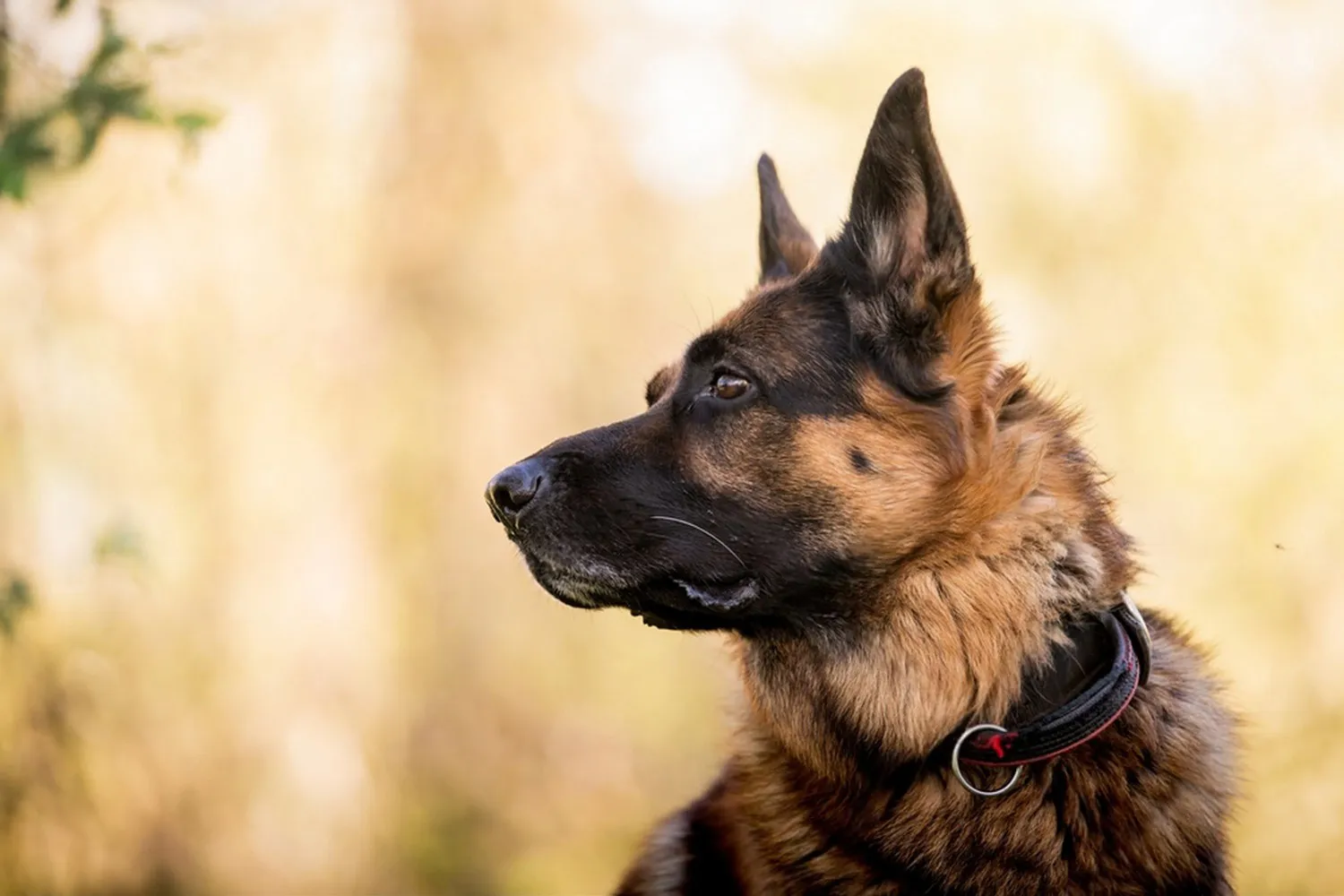
How Do German Shepherd Dogs Behave? A Look at Their Temperament and Personality
If I had to sum up a German Shepherd in one image, it’s a loyal shadow at your heel. These dogs bond deeply with their people and are happiest when they have “their” humans in sight. That devotion often comes with a protective streak confident, watchful, and ready to step between you and anything suspicious. My neighbor’s shepherd, Luna, used to check each room before settling down at night, like she was doing a security sweep. Once she was satisfied, she’d curl into the tiniest donut beside the couch and snore like a freight train.
Around strangers, many German Shepherds are reserved rather than rude think polite but unimpressed. I like to aim for “calm neutrality,” not “everyone’s best friend.” A quiet woof at the door is common, but it helps to teach a go to spot and a “settle” cue for greetings. I keep a basket of guest treats by the entry; after my dog sits on his mat, visitors can toss a few from a distance. It turns tense hellos into easy routines.
With other dogs, experiences vary. Some Shepherds get along fine with relaxed, well mannered dogs but dislike chaotic meet ups and pushy play styles. The dog park can feel like rush hour traffic to them. I learned this the hard way with a friend’s shepherd, Rocco, who did far better on parallel walks and small backyard playdates than in a big off leash free for all. Start socialization young expose your puppy to people, friendly dogs, places, and sounds in short, positive sessions. Pair new things with treats and keep interactions brief and upbeat.
These dogs are smart, sensitive, and driven to work. Give them jobs: nose work in the hallway, obedience games on a walk, puzzle feeders, a flirt pole in the yard, or a structured game of tug with clear rules. They read your tone like a book, so be fair, consistent, and calm. With good socialization, steady training, and daily mental exercise, a German Shepherd grows into the best of both worlds: a devoted guardian and an affectionate goofball who’ll make you feel like a superhero just for coming home.
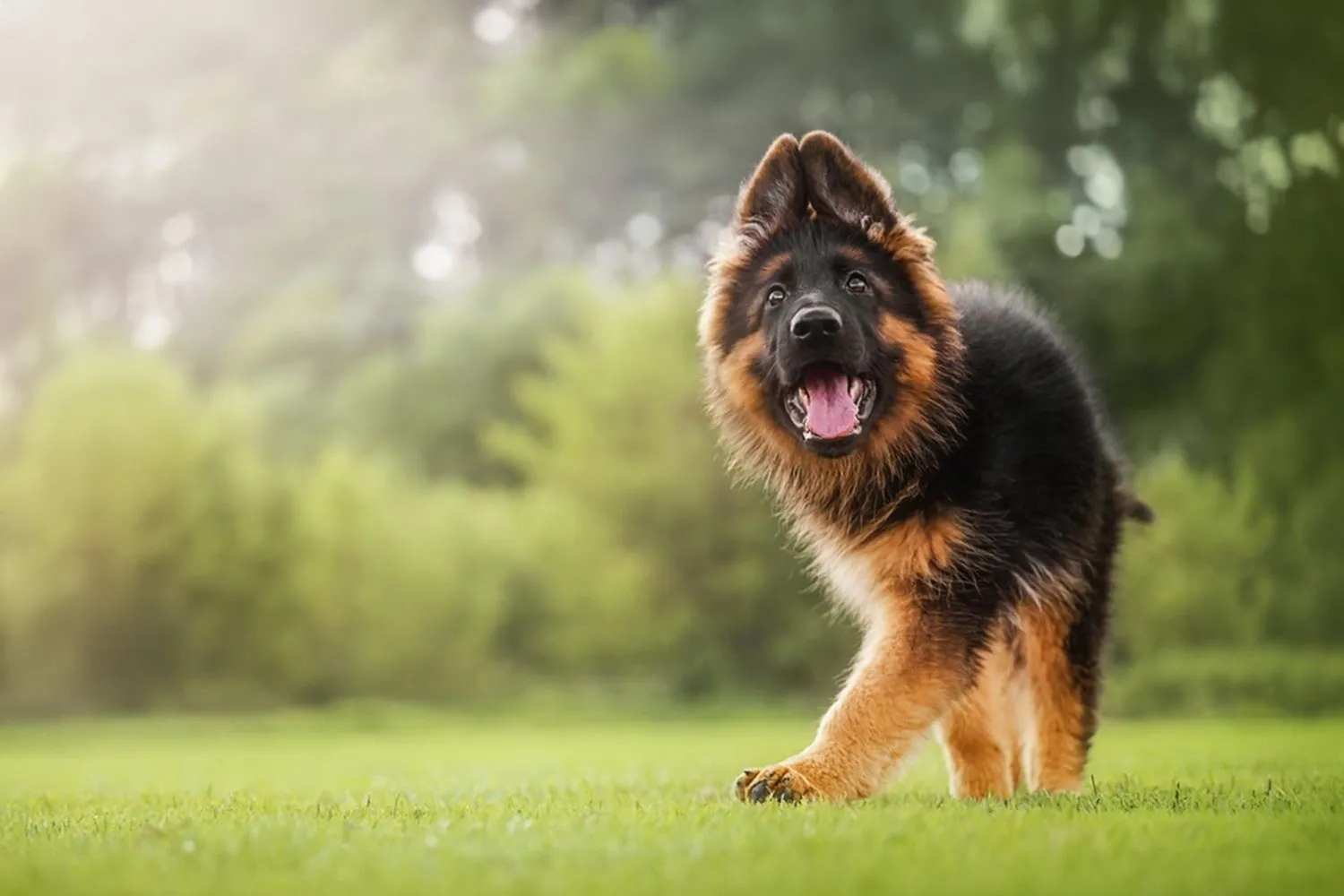
Do German Shepherds Have Common Health Issues?
German Shepherds are sturdy, athletic dogs, and breeders who follow high standards think AKC registered litters from truly reputable programs work hard to keep the breed healthy. Still, decades of selective breeding mean there are a few issues you’ll hear about more often with GSDs: hip dysplasia, elbow dysplasia, and gastric dilatation volvulus (often called bloat). When I brought home my first Shepherd, the breeder happily showed me the parents’ hip and elbow clearances, and that gave me a lot of peace of mind. Don’t be shy about asking for those records OFA or PennHIP results are your friend.
Dysplasia can show up as stiffness, bunny hopping, or reluctance to jump in and out of the car. Keeping your dog lean, building strong muscles with low impact exercise, and using rugs or ramps can make a big difference. One of my boys perked up almost overnight once we trimmed a few pounds and swapped fetch marathons for swimming and steady hikes. Bloat is more dramatic think a tight, distended belly, unproductive retching, drooling, restlessness and it’s an emergency. I’ll never forget a friend’s Shepherd who started pacing and gagging after dinner; they went straight to the ER and it likely saved his life. Smaller meals, slow feeder bowls, and avoiding hard exercise right before or after eating are simple habits that help. Some owners even talk with their vet about a preventative gastropexy.
Regular check ups are a must for any breed, and Shepherds are no exception. Pain can masquerade as “bad behavior” (that sudden grouchiness might be aching joints), so I always note small changes hesitation on stairs, shorter strides, even mood. A good vet, smart daily habits, and a watchful eye go a long way toward keeping that classic Shepherd spirit happy and healthy.
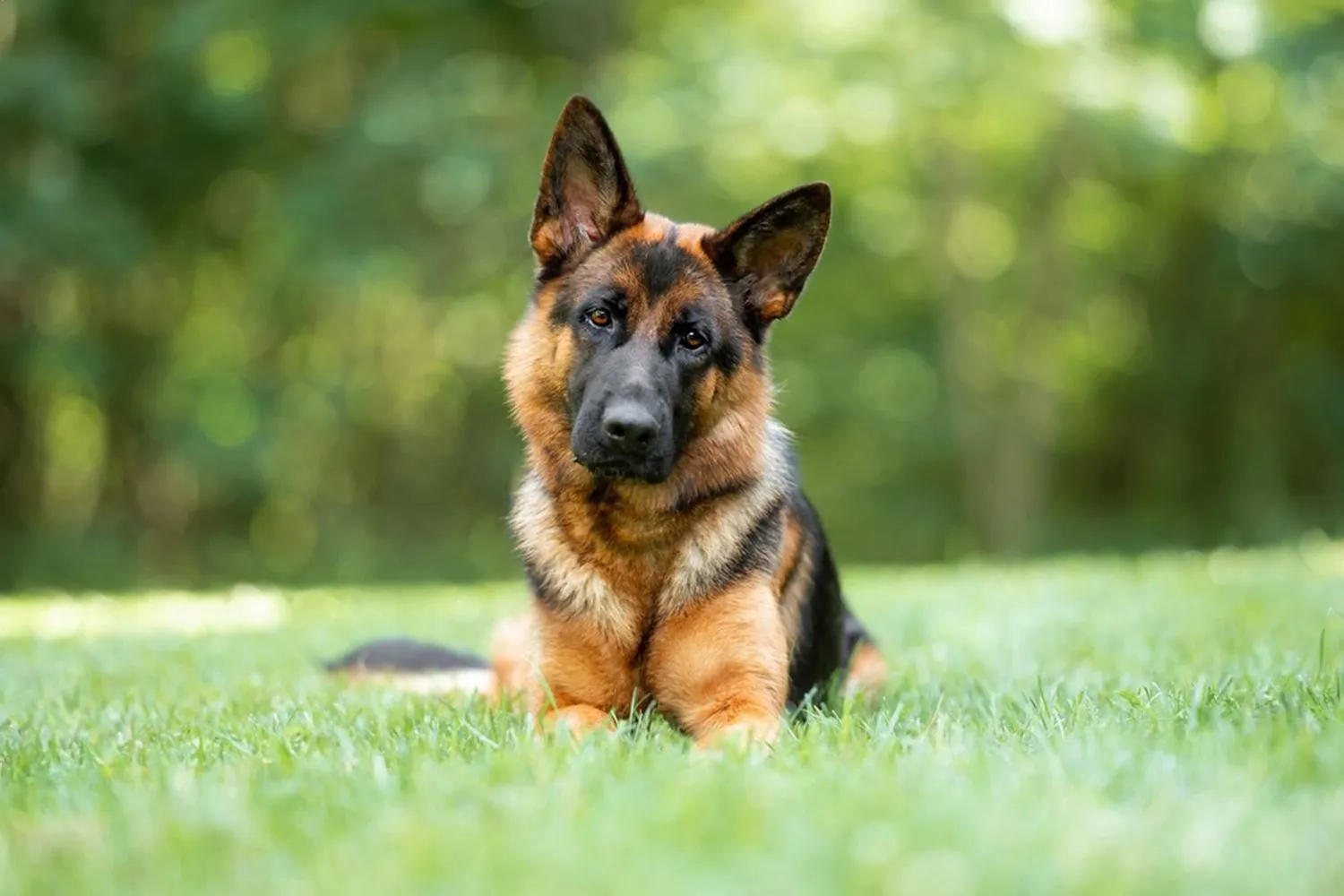
What Is the Lifespan of a German Shepherd Dog?
From my years around these noble goofballs, most German Shepherds share life with us for about 8 to 12 years when they’re kept fit, well fed, and loved. That range is pretty typical, though I’ve known a few who happily trotted into their teens my neighbor’s boy hit 13 with a lot of swimming and careful joint care. Genetics, diet, and lifestyle all play a part, and keeping them lean is one of the simplest ways to add quality time. Shepherds are athletes at heart, so steady exercise and good food really do matter.
A few practical tips I swear by: regular vet checkups (especially for hips, elbows, and weight), high-quality nutrition with the right portions, and daily mental workouts think scent games, training refreshers, and puzzle toys. When mine was a rambunctious pup, we kept jumping and stair sprints to a minimum to protect those growing joints; it paid off later. As they age, swap marathon fetch for gentle walks, swimming, and comfy orthopedic beds. Brush those teeth, trim nails, and keep an eye out for subtle changes in energy or appetite catching things early can make a big difference. With thoughtful care and a bit of routine, your German Shepherd can enjoy a full, happy life by your side in that 8-12 year window.
How much should you feed a German Shepherd?
Most adult German Shepherds do best with two proper meals a day. They’re enthusiastic eaters, and if you leave one big portion out, many will inhale it in one go and then spend the afternoon begging for seconds. Splitting breakfast and dinner into slightly smaller servings keeps their energy steady and their stomachs happier. I keep a measuring cup right in the food bin when I eyeball it, I always overdo it.
The exact portion depends on your dog’s age, size, and activity level. A couch‑loving companion will need less than a trail buddy who logs miles with you. Use the feeding guide on your food bag as a starting point, then watch your dog’s body. You should be able to feel ribs without digging and see a gentle waist from above. I do a quick “rib check” every Sunday and jot down the weight monthly; tiny adjustments now save big trouble later.
German Shepherds can be prone to hip and elbow issues, so keeping them lean is extra important. My vet once told me “fit, not skinny,” and that mantra has stuck. A couple of practical tips that helped us: a slow‑feeder bowl or puzzle toy for gulpers, treats capped at about 10% of daily calories (those training nibbles add up fast ask me how I learned), and fresh water available at all times. I also give a little buffer around mealtimes no hard fetch immediately after eating just to keep tummies settled.
If you’re unsure where to start, ask your vet for a target portion based on your dog’s current condition and routine. Then tweak slowly over a week or two until your Shepherd looks and feels just right.
German Shepherd Dog FAQs
Is a German Shepherd ideal for a first time dog owner?
Yes…and also maybe not. German Shepherds are wonderfully bright, loyal, and eager to learn. Teaching the basics usually feels like you’re working with a partner, not a pupil. But if you’re hoping for a low maintenance buddy who slots neatly into your current routine, a Shepherd can surprise you. They thrive on structure, training, and plenty of daily exercise and mental work. When I brought home my first Shepherd, I learned fast that my morning coffee came after our training session, not before. If you’re a first time owner and up for the commitment, sign up for a good obedience class, set a consistent schedule, and be ready to provide outlets like puzzle feeders, scent games, and long, purposeful walks. Put in the time, and you’ll have a devoted companion who loves having a job by your side.
Do German Shepherds suffer from separation anxiety?
They can, yes. These dogs bond deeply and don’t love being left alone. Some handle a workday just fine, while others get stressed when their favorite person leaves the room even if the rest of the family is home. They’re also incredibly perceptive; tiny changes in your routine (grabbing keys, putting on a coat) can tip them off and trigger worry. I used to practice “fake departures” with my Shepherd pick up the keys, sit back down, repeat so those cues lost their power. Building up alone time slowly helps: start with a minute, then a few, then a short walk around the block. A cozy safe space, a stuffed chew or puzzle toy, calm goodbyes, and a dog walker on busy days can make a huge difference. I also leave a worn T shirt and soft background noise to keep things familiar. It’s all about reassuring them that you always come back.
Will a German Shepherd need professional grooming?
They sport a beautiful double coat that shines with regular at home care, and they don’t need trimming. With the right tools a slicker brush and an undercoat rake you can handle most grooming yourself. I make it a mini spa date: a brush out after a walk, a few treats, a gentle once over to check ears and nails, and we’re done. Expect seasonal shedding “blowouts,” when a bit of extra brushing keeps tumbleweeds at bay. Occasional baths are enough unless they’ve found a mud puddle with their name on it. Grooming at home saves money, keeps your Shepherd comfortable, and becomes a sweet bonding ritual where they learn that being handled is safe and even enjoyable.
Disclaimer:
This article is for informational purposes only and doesn’t replace professional veterinary or training advice. Always consult a certified vet or dog trainer for guidance specific to your pup.
